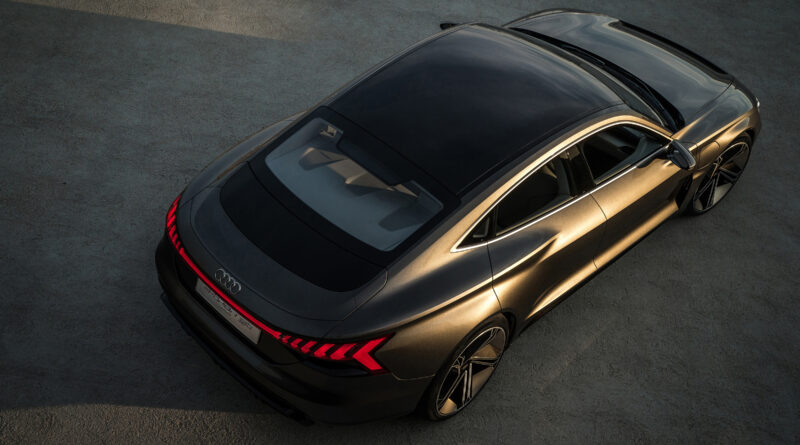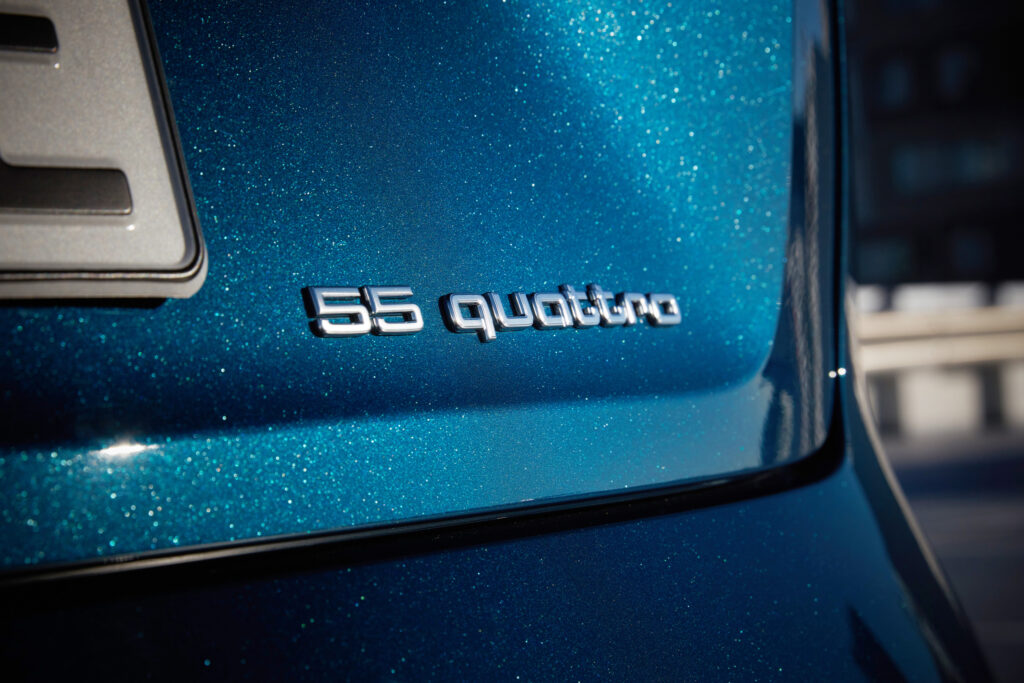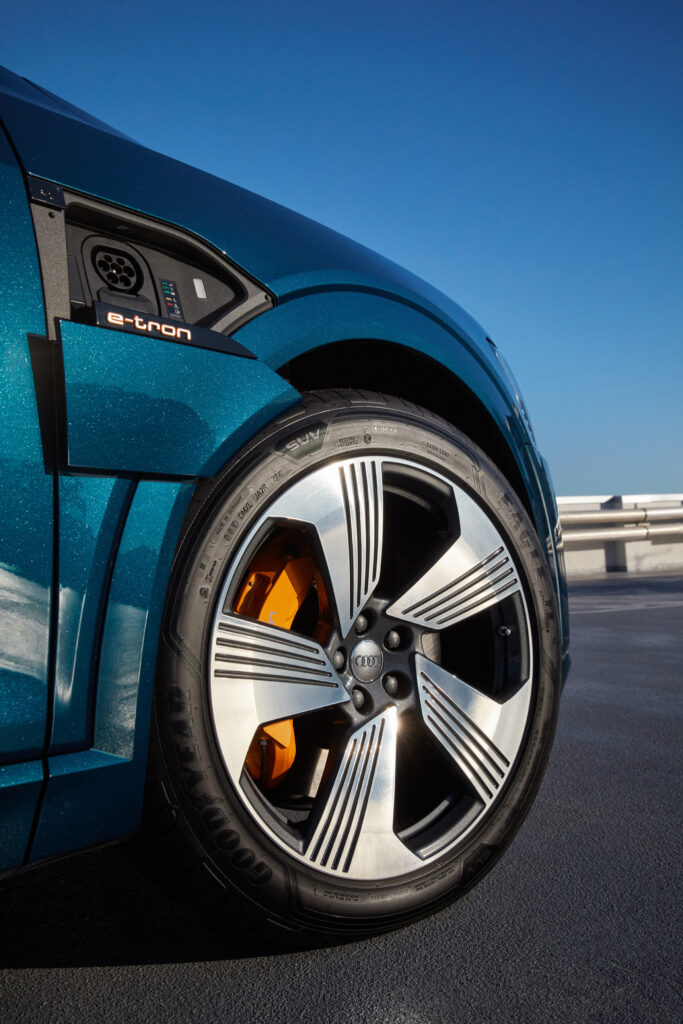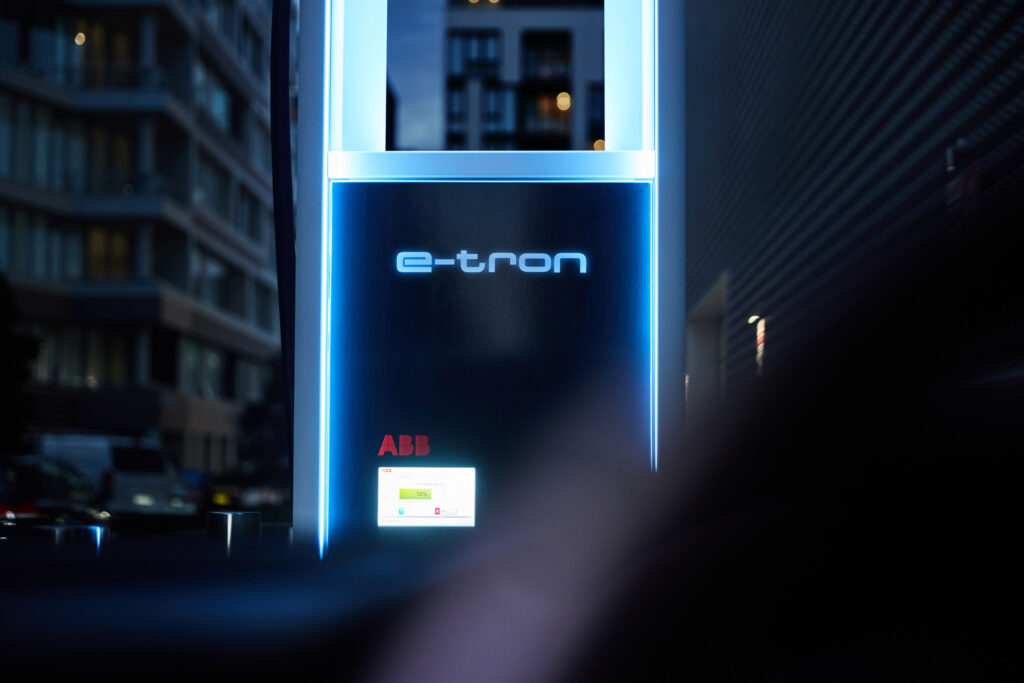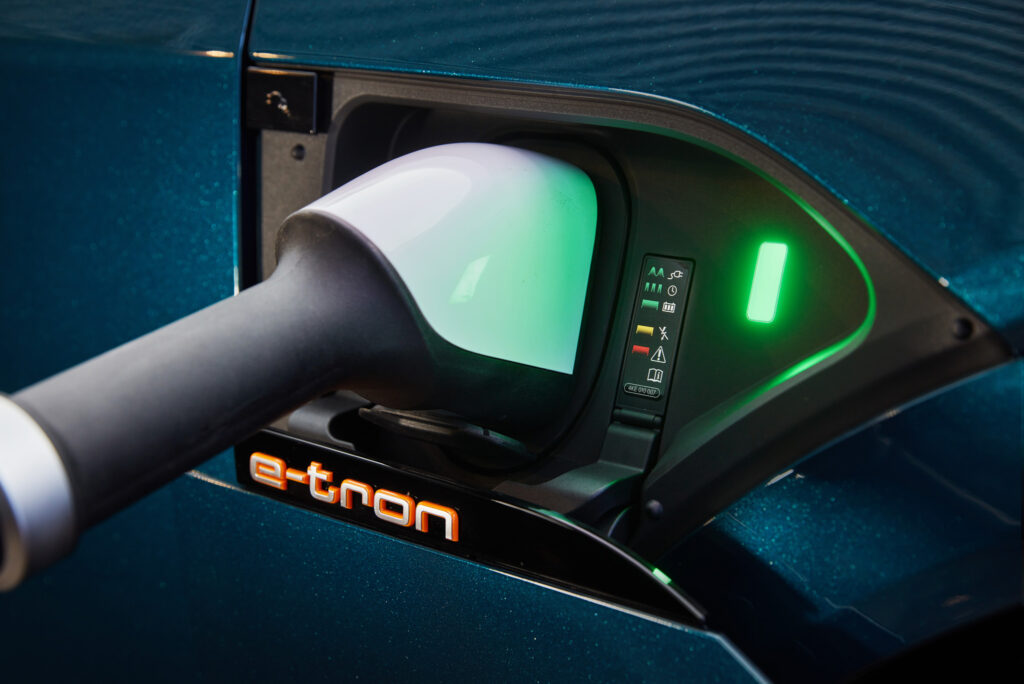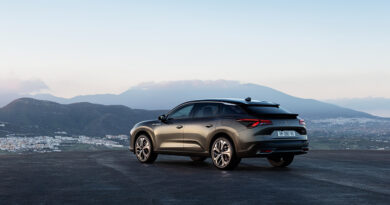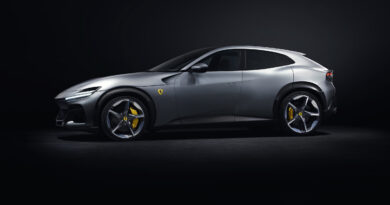Performance, style key to Audi e-Tron appeal
Early adopters of Audi’s first electric vehicle are gravitating to the most expensive flagship model ahead of the first e-Tron arrivals in September.
The sportiest, most expensive models of the upcoming Audi e-Tron are what’s attracting early interest, giving a clue to the mindset of EV buyers in the premium space.
Audi Australia product planning manager Matt Dale says the more powerful and expensive e-Tron 55 – which makes 300kW/664Nm versus 230kW/540Nm for the e-Tron 50 – has been an early sales success, while the sleeker Sportback body is also attracting interest.

“The 55 is quite popular, especially the Sportback model,” Dale told EV Central. “That sporty silhouette, that styling that people are driven to.
“There’s quite a large awareness around EVs in general in the market.”
Those wanting more can also await the e-Tron S, which gets three electric motors and steps outputs up to 370kW and 973Nm.
Charging up
Dale says while Audi expected most owners to do most of their charging at home, battery range was still the number one issue among perspective e-Tron owners.
The company is offering a six-year subscription to the Chargefox network, allowing free EV charging across the country, including at some of the 350kW fast chargers that are increasingly being rolled out.
The early trend for the e-Tron bodes well for Audi, which has a family of e-Tron models set to capitalise on increasing interest in electric cars.
Dale says Audi would “certainly like to see” the upcoming Q4 e-Tron and its sleeker Q4 e-Tron Sportback in Australia but no decisions have been made.
Given the popularity of SUVs – in July SUVs accounted for more than half of sales for the first time – and Audi’s ambitious electric strategy consider it a done deal.
Best guesses are the Q4 could arrive as early as 2021, providing a more affordable alternative to the larger e-Tron.
Whereas the e-Tron sells from $137,700 (plus on-road costs), the e-Tron Q4 is expected to be closer to $100,000, potentially providing more volume potential in what is a red-hot market segment.
The Q4 is part on an e-Tron onslaught that provides a wide range of BEV models for Audi in Australia.

“We’re going to evaluate what products are available to us and what’s the best fit for the market,” says Dale. “We want to take what’s suitable for our market.”
Globally, Audi has promised 20 full electric models by 2025.
As for how popular the electric models will be in Australia, Dale isn’t committing to the 40 percent target Audi has set globally for its electrified models by 2025.
“It really comes down to what the environment in Australia is going to look like by 2025,” he says. “Europe has been quite progressive … in adopting EV technology.
“It’s got to be led by government, led by industry as well and at the end of the day led by customers.”
e-Tron flagship
Arguably most exciting of the future e-Tron models is the e-Tron GT, which has only been shown so far in concept form.
Utilising the architecture and much of the platform of the upcoming Porsche Taycan, the e-Tron GT has sleek and muscular coupe-inspired styling with a four-door layout.
It gets the 800V electrical system of the Taycan, which allows faster charging (Audi claims an 80 percent charge in 20 minutes) and more power than the circa-400V systems of other EVs.
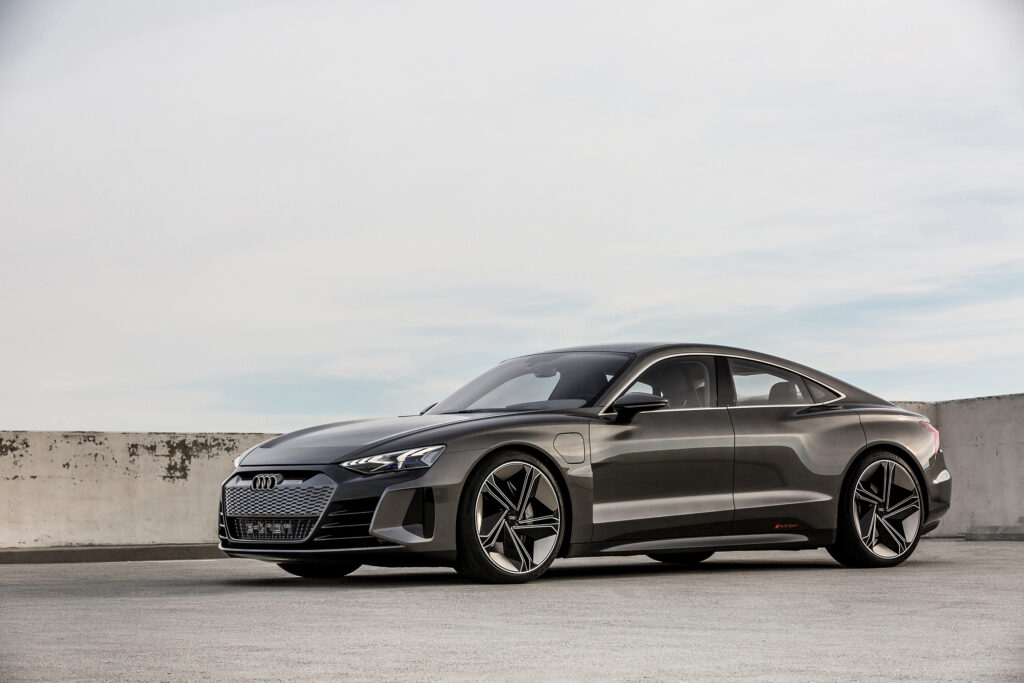
With 434kW of power – just shy of the 449kW of Audi’s R8 performance flagship, with a V10 engine – the e-Tron GT promises big performance.
The dash to 100km/h is claimed to take 3.5 seconds and the top speed has been electronically limited to 240km/h.
While the e-Tron GT hasn’t officially been confirmed for Australia, it’s believed to be a done deal.
It could arrive as early as late 2021.
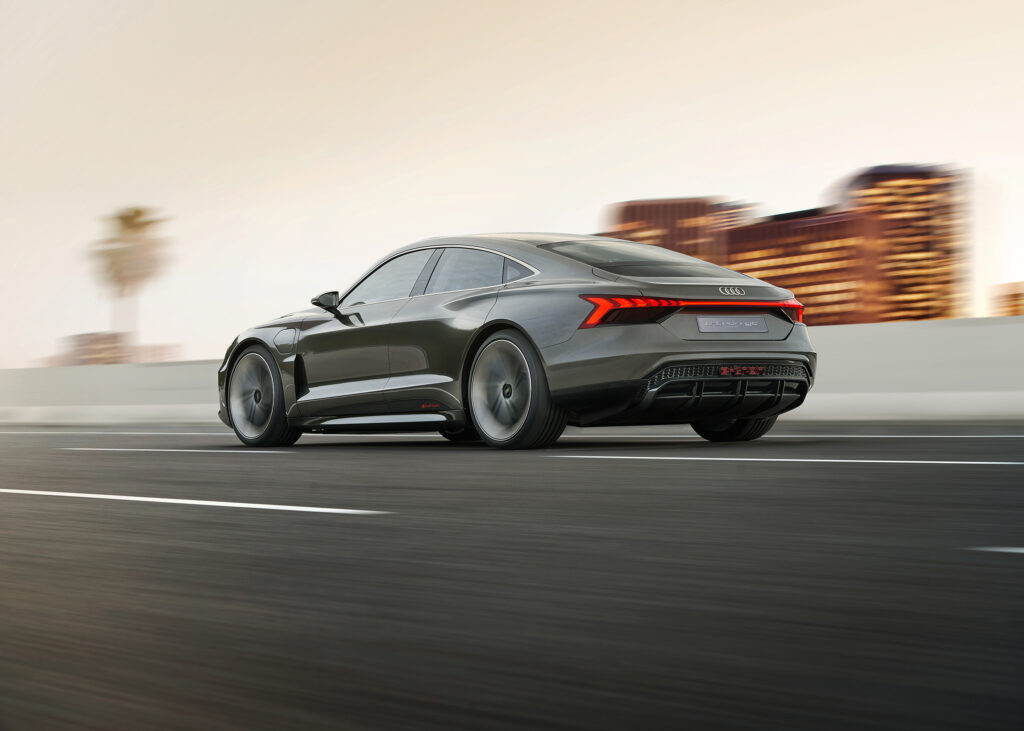
There’s one more piece to the Audi electrification puzzle: plug-in hybrids.
Audi has previously sold the A3 and Q7 e-Tron PHEVs here but does not sell the A6, A7 or A8 PHEVs currently available overseas.
While Audi Australia hasn’t asked for them, it is adopting a watching brief for the latest PHEVs, while leaving the door open if interest increases.
“We just don’t want to go and add complexity to a model range just for the sake of having an additional model,” says Dale
“But if there is genuine interest there and if there is a model that – say we get CO2 emissions targets – … then we’d definitely look at a PHEV to replace something else.”





